Fiction often mimics history. Movies, plays, and books can take ideas and inspiration from historical events to create compelling stories that hold the attention of audiences around the world.
It was a different story, however, for the crew of the Mignonette. Duhaime.org’s LawMag tells us the story of the Mignonette, a short-range yacht that sailed from Southampton, England on May 19, 1884.
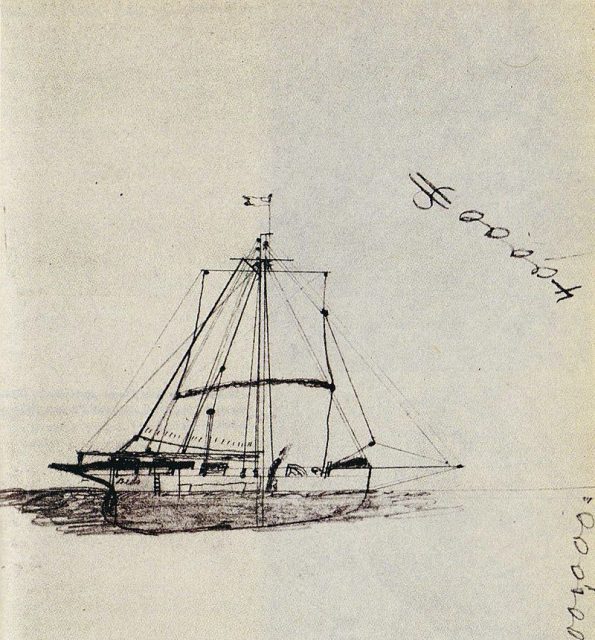
The port they were sailing to? Sydney, Australia, 13,337 nautical miles away. With a crew of four people, the Mignonette wasn’t a large vessel and wasn’t created with strong winds and tall waves in mind, two things which are very common out in the open ocean. This would prove to be a problem for the small craft.
On July 5, 1884, the Mignonette was set upon by a storm which whipped the sea into a froth and threw the small craft around, causing massive amounts of damage.
The crew — Tom Dudley, Edwin Stephens, Edmund Brooks, and the seventeen-year-old Richard Parker — climbed into the lifeboat and escaped the destruction of the yacht. This would only be the start of their problems, however.
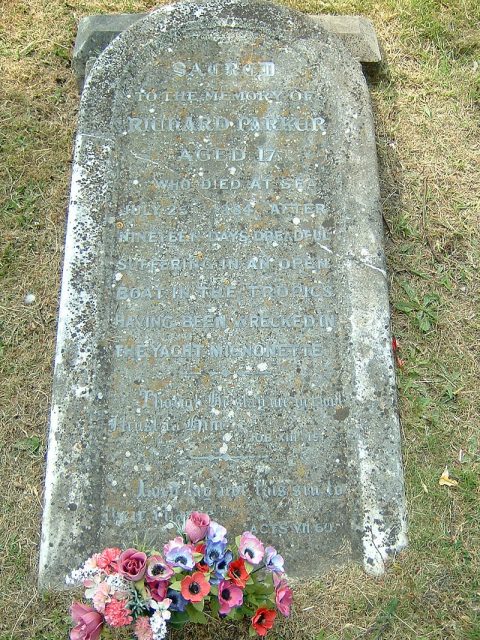
The four men soon realized they had only grabbed two small tins of preserved turnips and no water. To add to their desperate situation, they were more than 1,600 miles from the Cape of Good Hope and over 2,000 miles from South America.
Out in the middle of the ocean with no salvation in sight, the men quickly lost hope. They remained disheartened, desperate, and seemingly doomed, for fifteen days. Then, young Richard Parker broke. He reached out of the boat, cupped his hands, and drank seawater. This would end up being a death sentence.
When a person drinks seawater, it causes horrible side effects. This is doubly so when you have an empty stomach, which allows the salt to flood the system without being diffused through food. The symptoms start with severe dehydration, the salt pulling water out of your system. If untreated, an overexposure of this salt causes headaches, dizziness, and blood in the urine and stool. Eventually, the salt can cause kidney failure, seizures, and ultimately death.
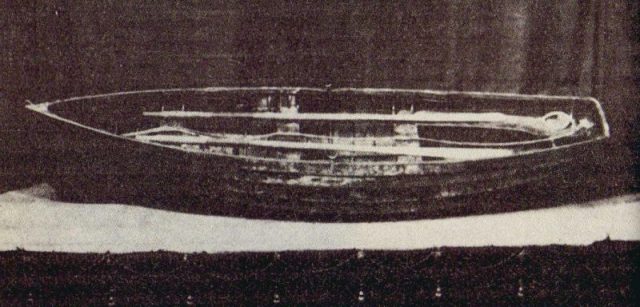
This was the situation for Richard Parker. The young man quickly started to feel the effects and within days had sunk into a delirious and near-death state. This made the Captain, Tom Dudley, bring up the old tradition of drawing lots. The other men made no move to do so. Captain Dudley came to a decision. In court, he gave testimony about the event. “I took out my knife — first offering a prayer to God to forgive us for what we were about to do and for the rash act, that our souls might be saved — and I said to the boy, ‘Richard, your time has come.’ The boy said, ‘What me, Sir?’ I said, ‘Yes, my boy.'”
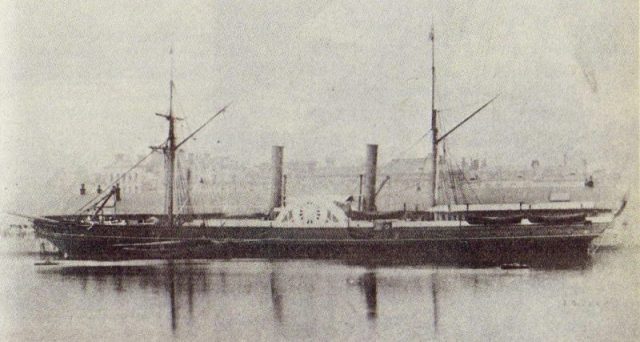
According to Captain Dudley’s testamony, Parker was then bled and eaten by the remaining crew. Five days later, on July 29th, the men were saved and taken to Falmouth, England. Two of the men were sentenced to death, but were given conditional pardons and served six months in prison.
The case became famous, and people realized the correlation to the Edgar Allan Poe novel The Narrative of Arthur Gordon Pym of Nantucket.
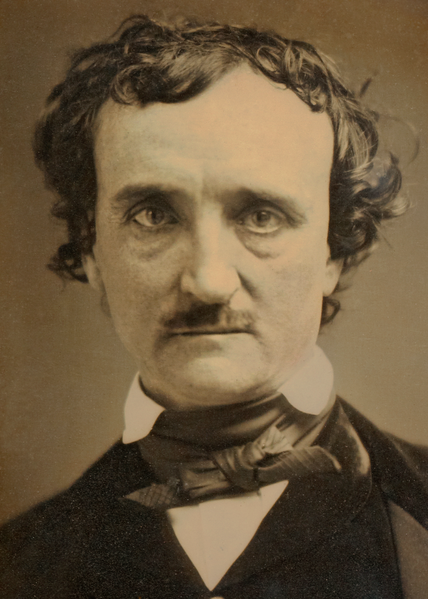
In the story, the main character, Arthur Gordon Pym, finds himself in the same situation as the Mignonette crew, with a group of four men starving on a shattered vessel. The men end up drawing splinters of wood, and the unlucky man who drew the shortest splinter happened to also be named Richard Parker.
Parker faced his death in the book very differently from the real Richard Parker. “He made no resistance whatever, and was stabbed in the back by Peters, when he fell instantly dead.”
Read another story from us: Charles Dickens’ Pet Raven Inspired Edgar Allen Poe’s Most Famous Work
In the book, the men proceeded to eat the dead crewman over the course of four days, just as the crew of the Mignonette had, and were close to death when they were finally saved. This was only novel that Edgar Allan Poe published, and, in this case, history mimicked fiction in a horrific way.
